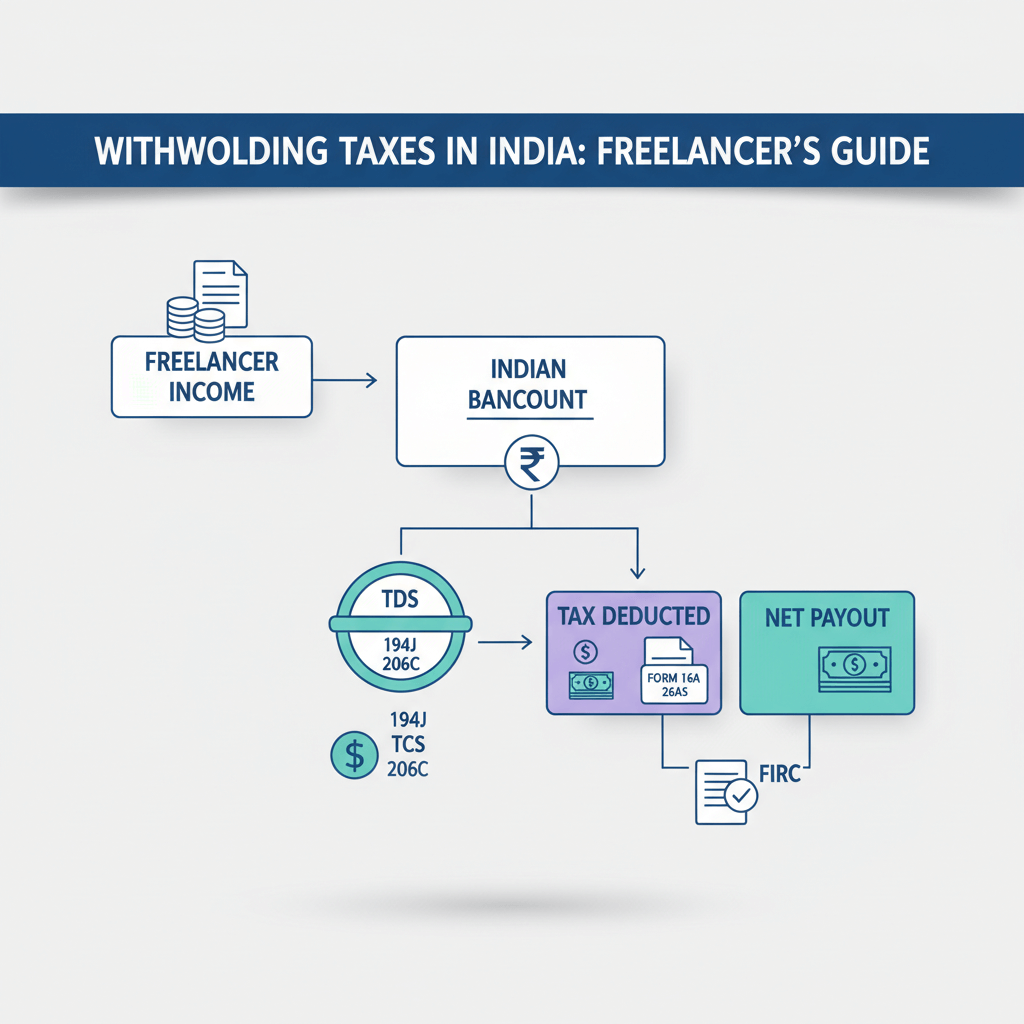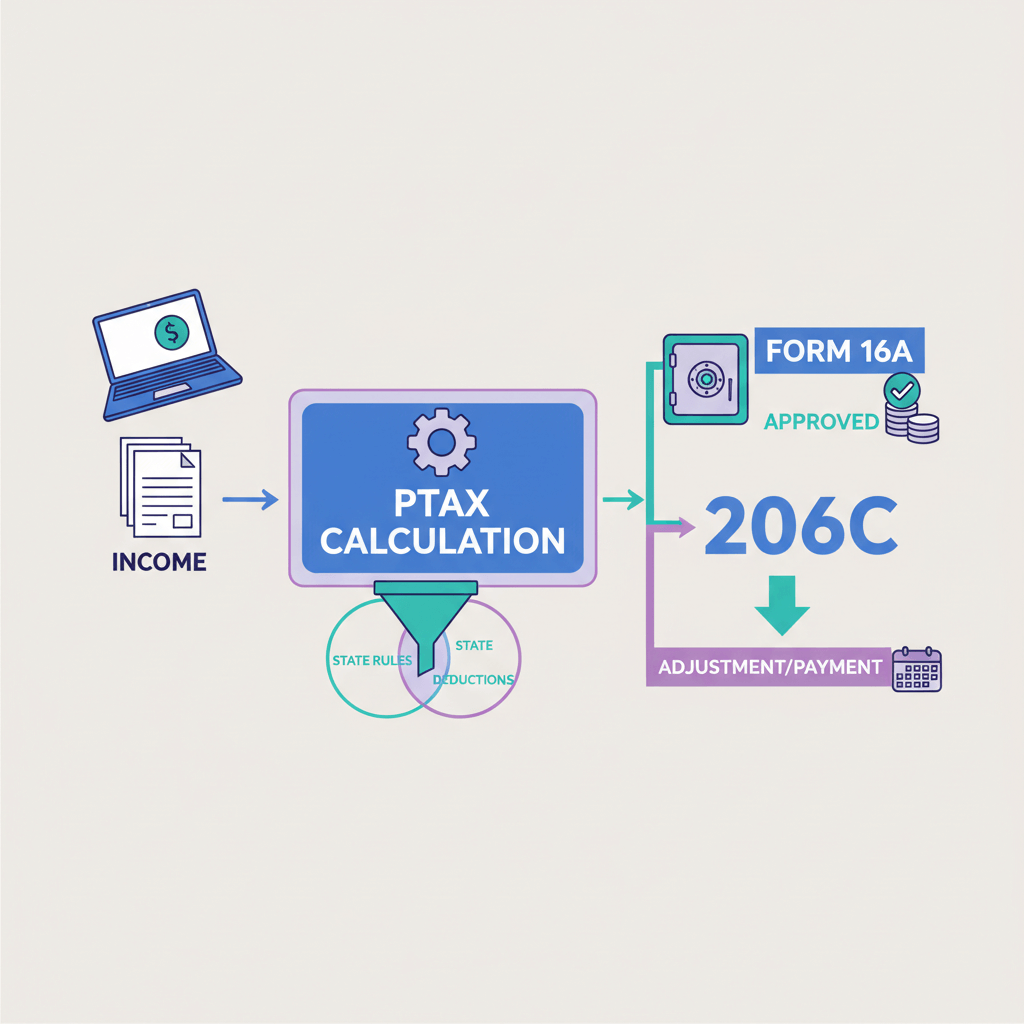Karbon automates RBI compliance and helps you send payments abroad with full transparency.
What is remittance in SWIFT?
SWIFT stands for the Society for Worldwide Interbank Financial Telecommunication. It's like a super-advanced messaging system that banks around the world use. This system helps them talk securely and quickly to share important money-related details. When we talk about "remittance" in the world of SWIFT payments, it means sending money or making payments from one place to another. So, SWIFT helps banks communicate safely, especially when it comes to moving money between different places.
SWIFT provides a standardized messaging platform, enabling banks and financial institutions to transmit information related to financial transactions securely. In the case of remittances, the sender's financial institution utilizes SWIFT messages to communicate with the recipient's financial institution, ensuring the secure transfer of funds.
The SWIFT money transfer messaging system makes sure that when people send money internationally, the information is exchanged in a safe and standard way. It includes important details like the bank account info of the person sending and receiving the money, the amount being sent, and any extra instructions needed for the transfer. Basically, SWIFT is crucial for keeping international online money transfers secure and reliable by following standard rules for messaging.
What is the remittance purpose code?
A purpose code list for outward remittance is like a special code used when people send money internationally to show the reason behind the transaction. Banks, government bodies, or groups that make rules often ask for these purpose codes for outward remittance to make sure everyone follows the laws and rules, making international money transfers more transparent.
These purpose code lists for outward remittance help tell the purpose of the money transfer, like if it's for family support, education costs, medical bills, business deals, and other things. Different countries might have their own set of codes, which helps make reporting about international money movements more standardized.
The main goal of using a purpose code list for outward remittance is to reduce the risks of things like money laundering, fraud, and illegal money activities. It works by clearly stating what the money is supposed to be used for. This way, authorities can keep a good eye on international money movements and analyze them effectively.
When people or businesses send money across borders, they might need to pick or provide the right purpose of remittance. This makes sure they follow the rules of both the country sending the money and the one receiving it. Following this purpose code list for outward remittance helps ensure the transfer of funds is legal and smooth.
What is the purpose of RBI purpose codes for outward remittance from India?
RBI has outlined a specific purpose code list for outward remittance from India. Here's why:
- RBI purpose codes categorize and specify the reason for outward remittances from India.
- They aid in tracking and monitoring cross-border transactions to ensure compliance with foreign exchange regulations.
- Purpose codes help prevent misuse of funds and promote transparency in capital flows.
- Accurate identification of the purpose of remittances allows the RBI to effectively manage and regulate capital flows.
- Purpose codes facilitate the efficient processing of outward remittances by providing clear instructions to banks and financial institutions.
- Overall, RBI purpose codes contribute to transparency, accountability, and regulatory compliance in cross-border transactions originating from India.
What is the SWIFT code for remittance?
The "SWIFT code for remittance" might sound like it tells you everything about sending money, but it's a bit tricky. The SWIFT code also called the Business Identifier Code (BIC), is like a special code that helps identify a specific bank or financial place when you're sending money internationally. But here's the thing: this code doesn't tell why you're sending the money or what kind of payment it is.
When you decide to send money to someone in a different country, you typically need to provide their bank with the SWIFT code of that bank. This unique code ensures that your money is directed to the correct destination. However, it's important to note that the SWIFT code doesn't provide any information about the reason behind your money transfer.
If you want to let them know why you're sending the money, you'd need to share some extra details or codes, like a purpose code or a reference number. This extra info helps make sure the money goes where it's supposed to and follows all the rules and laws. So, while the SWIFT code is important to get the money to the right bank, explaining why you're sending it needs a bit more information.
How to select the correct purpose code for outward remittance?
To accurately select the purpose code for outward remittance from India, follow these steps:
- Determine the transaction's nature: Understand the specific purpose of the remittance, such as trade payments, investments, loan repayments, or other financial activities.
- Refer to the RBI's purpose code list: The Reserve Bank of India provides a comprehensive list of purpose codes categorized according to various transaction types. Review this list to identify the code that best matches your transaction.
- Ensure compliance with regulations: Verify that the purpose code aligns with regulatory guidelines set by the RBI and other relevant authorities to avoid any legal issues.
- Seek guidance from your bank: If uncertain about which purpose code to use, consult your bank or financial institution for assistance. They can offer advice based on your specific transaction and regulatory requirements.
- Provide accurate documentation: When initiating the outward remittance, include the purpose code along with all required documentation to support the transaction's purpose. This helps ensure compliance with regulations and facilitates smooth processing by banks.
What is outward Swift transfer?
An outward SWIFT transfer refers to the process of sending funds or making a financial transaction from one's bank account to another account in a different financial institution or country using the SWIFT network. In simple terms, it is an international money transfer initiated by the sender to move money outside of their bank or country.
Here's how an outward SWIFT transfer generally works:
Getting Money to Someone in Another Country:
- Starting the Process: The person or group sending money (the sender) tells their bank to send money internationally. They share important details like the other person's bank info, SWIFT code, account number, and how much money to send.
- Using SWIFT Messages: The sender's bank creates a special SWIFT message with all the info about the transaction. This message travels safely through the SWIFT network to reach the other person's bank.
- Bank Handling: The other person's bank gets the SWIFT message, figures out the details, and puts the money into the right account.
- Confirming the Transfer: After everything's done, both the sender and the person getting the money get a confirmation. This notice might have info like the transaction number, date, and the amount sent.
How do I know my SWIFT code?
To find your SWIFT code, you can take the following steps:
- Examine Bank Documents:
- Review your bank statements or any official documents provided by your bank. The SWIFT code is often included in these documents.
- Visit the Official Bank Website:
- Go to your bank's official website. Many banks display SWIFT/BIC codes on their websites, usually in sections related to international wire transfers, FAQs, or customer support.
- Use Online SWIFT Code Directories:
- Check out online directories for SWIFT/BIC codes. Many websites have databases where you can search for SWIFT codes of banks all over the world. Just be sure to pick a directory that is trustworthy and gets updated regularly.
- Check Your Chequebook:
- If you have a checkbook, check if the SWIFT code is printed on the cheque, usually near the account number.
- Consult the Recipient:
- If you are expecting to receive money and need to provide your SWIFT code to the sender, ask the recipient or their bank. They should be able to provide you with the accurate SWIFT code for your bank.
Purpose Code For Outward Remittance
FAQ’s
What is the 6-digit transaction purpose code?
There is no standardized 6-digit transaction purpose code applicable across all financial institutions. These codes differ based on factors such as the country and transaction type. In SWIFT messages, they convey details about the payment's purpose of remittance. For accurate and current information on transaction purpose codes, it is recommended to consult your s
Is the purpose code and Swift code the same?
The purpose code and SWIFT code play distinct roles in international financial transactions.
- Purpose Code:
A purpose code is a unique identifier used to indicate the reason or nature of a financial transaction. It communicates specifics about the purpose of remittance, such as family support, education expenses, business transactions, or other specific reasons. Financial institutions and regulatory authorities often require purpose codes to ensure adherence to legal and regulatory standards.
- SWIFT Code:
The SWIFT code, also known as the Business Identifier Code (BIC), is an exclusive alphanumeric code that identifies a particular bank or financial institution participating in international transactions. In contrast to the purpose code, it does not convey information about the purpose of remittance. Instead, the SWIFT code ensures standardized communication between financial institutions, facilitating the accurate routing of funds through the SWIFT network.
What is the purpose code in Form 15ca?
In Form 15CA, you need to select a specific code indicating the reason for sending money outside India. This code helps classify the type of payment and ensures compliance with tax rules. The codes are organized based on the purpose of the remittance, such as for purchases, services, royalty, and more.
Choose the right code to inform tax authorities about the purpose of the money transfer and adhere to regulations. Consulting the latest guidelines from the Income Tax Department of India is advisable for the most current information on purpose codes in Form 15CA.
What is purpose code P0101?
In India, purpose code P0101 denotes "Non-FDI Related Remittances." This code is applied when individuals or businesses in India conduct outward remittances for transactions unrelated to Foreign Direct Investment (FDI). Such transactions encompass payments for imports, services obtained from foreign entities, travel expenses, gifts, donations, and various other miscellaneous payments. Each purpose code in India corresponds to particular transaction types, aiding in precise reporting and monitoring of foreign exchange activities by regulatory bodies like the Reserve Bank of India (RBI).
What is purpose code P0102?
In India, purpose code P0102 means "Trade-related non-commercial payments." It's used when people or businesses send money abroad for trade reasons that aren't for making a profit. For example, it could be for sending back faulty goods or returning samples. Each code helps classify different types of transactions so that the government can keep track of them properly.
What is purpose code P0103?
In the Indian context, purpose code P0103 typically indicates "Loans and overdrafts extended to non-residents." This code is employed when individuals or businesses in India offer loans or overdraft facilities to non-residents. Its usage aids in classifying and monitoring these transactions for regulatory purposes, ensuring adherence to foreign exchange regulations established by authorities like the Reserve Bank of India (RBI).
What is the purpose code P1006?
In the Indian context, purpose code P1006 is commonly associated with "Maintenance of close relatives." This code is utilized when individuals in India send money abroad to support their close relatives residing overseas. Its purpose is to classify and track these transactions for regulatory compliance, ensuring adherence to foreign exchange regulations set by authorities like the Reserve Bank of India (RBI).











